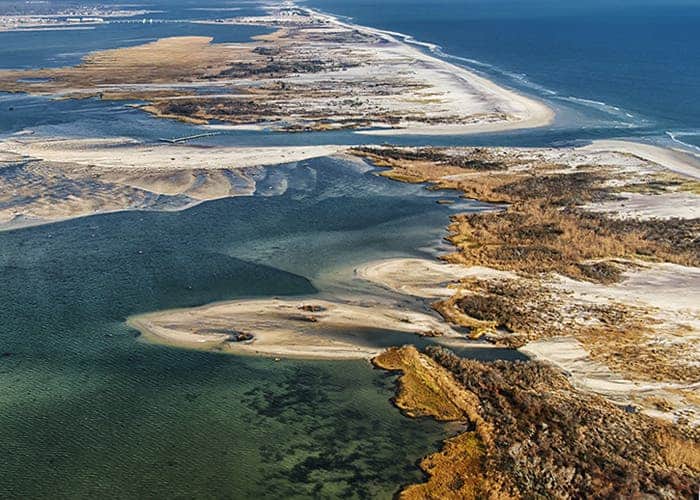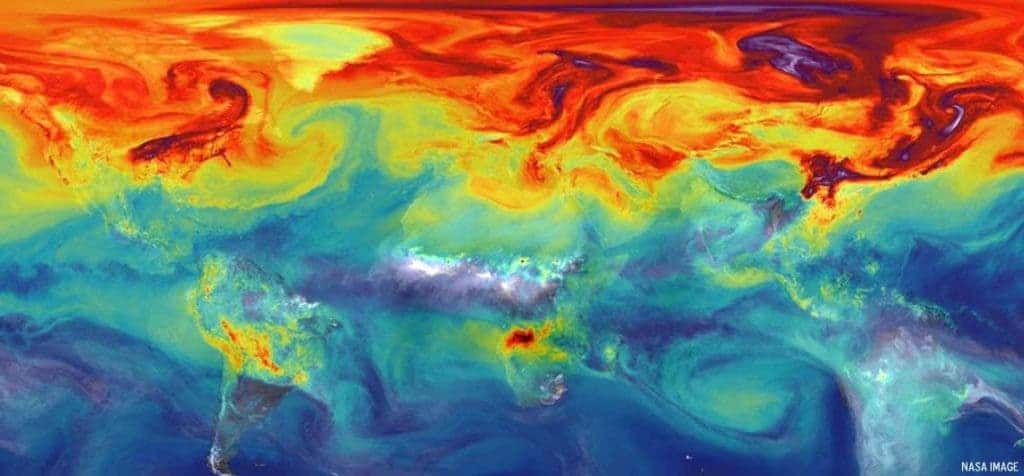You can see evidence of climate change everywhere. Temperatures are increasing, glaciers are melting, ocean levels are rising and extreme weather events are becoming more common.

If this is what’s happening now, what might our planet look like in, say, 2050? According to many climate scientists, chances are it won’t be pretty. And it’s definitely something the human race has never experienced before.
What the Research Says
Studies have shown Earth’s climate could become radically altered by between 2047 and 2069. This means the average climate would surpass the bounds within which climate has varied from the years 1860 to 2005.
According to a recent study, average global temperatures could rise by two degrees Celsius by 2050, or maybe even earlier. A two-degree increase is the point at which climate change is expected to become immediately dangerous and cause drastic changes to our world.
The change in temperature will also cause major changes in food production as well. A one percent rise in temperature is estimated to decrease production of soy and corn by 13 percent. Not only that, but heat stress also can have a fatal impact on cattle. A rise in temperature of two degrees Celsius would have major negative consequences for crop and meat production, making food a more scarce resource in the future.
Professor Sir Robert Watson, an author of the report and a former Intergovernmental Panel on Climate Change chair, said the climate is warming “much faster” than expected. The planet has already warmed by one degree.
According to the report by Watson and the other researchers, two degrees of temperature increases is likely already unavoidable. If we hit that mark by 2050, we could potentially reach three degrees by the end of the century, which would bring even more frightening changes.
While we might not be able to stop the planet from warming entirely, we can work to slow down the warming and stop it from getting even worse, as long as everybody participates.
A Glimpse Into the Future
By 2050, we could be living on a drastically different planet Earth — one that’s much harder to survive on. We’d see higher ocean levels, warmer temperatures, and more extreme weather events.

To demonstrate what life on the planet might be like in the future, meteorologists from countries around the world created weather reports of a day in 2050. While the reports were, of course, fictional, they were based on scientific predictions.
The Brazilian report included rains so heavy in South Brazil and the West Amazon that they surpassed the expected amount of rainfall for the month in a few days. Northern Brazil and the East Amazon, meanwhile, were contending with drought.
Similar, but less drastic, conditions have already occurred in Brazil. In 2014, rainfall from a series of storms over three days was three times higher than the historical average. Eleven people died in the storms.
The rest of the predictions involved similarly bleak conditions and included events such as drought, heat waves and hurricanes. They also predicted warmer-than-usual temperatures that would change the ecosystems of the area.
Who Will It Impact?

If we hit two degrees of warming by 2050, most of the people alive today will experience extreme climate changes. It would impact everyone, but some areas would feel stronger effects sooner than others.
If we decrease our emissions, about 1 billion people could be living in drastically different climates than they are today. If your emissions levels stay where they are now, that number could be as high as 5 billion.
Despite the tendency to focus on the Arctic when looking for the impacts of climate change, tropical regions would likely experience significant impacts first. Temperatures in the Arctic historically have varied much more than in the tropics, meaning tropical areas aren’t as prepared to adjust to changing temperatures.
Species such as coral reefs are highly temperature-sensitive. They’ve already been bleaching in huge numbers. These reefs serve as the habitats for all sorts of ocean life. If we lost those species, the results would be dramatic. Ocean ecosystems would crumble, and we’d lose fish species that are important food sources and that tropical economies, many of which are already struggling, depend on.
As ocean levels rise, coastal cities would eventually have to be evacuated as well, displacing huge amounts of people and placing strains on other parts of the world.
What Can We Do?
Is there anything we can do to stop these catastrophes from occurring? The effects of climate change are already happening, so we can’t stop it entirely. We may, however, be able to slow it down and buy ourselves some time.
To slow down climate change, we need to reduce our emissions. Switching from fossil fuels to energy sources that don’t produce greenhouse gas emissions, and replacing gasoline-powered cars with electric cars, would go a long way. We also need to stop deforestation and plant more trees. This list could go on and on. Anything that reduces greenhouse gas emissions would help.
The more we slow climate change down, the more time we have to work on cutting emissions even more. If we cut back, more species have a chance to survive and our future climate will be more livable — provided we keep decreasing emissions.
The more we reduce emissions and the other damage we cause to our environment, the better our situation will be in the future — and the better chance we have of surviving the biggest climatic shift in the history of the human race.






